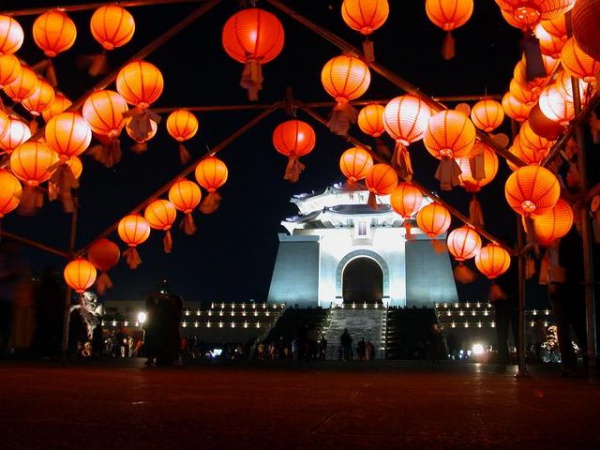Facts About Lantern Festival
The Lantern Festival, also known as the Spring Lantern Festival, is a significant celebration in China that occurs on the fifteenth day of the first month in the Chinese lunar calendar. This typically falls in February or early March and signifies the grand conclusion of the Chinese New Year festivities. The festival traces its origins back to the Western Han Dynasty and includes a charming tradition where children carry paper lanterns at night and solve riddles written on them.
Historically, lanterns were relatively simple, but today, they come in various intricate designs, often shaped like animals. The festival symbolizes letting go of the past and embracing new beginnings, with red lanterns representing good fortune. It is important to distinguish the Lantern Festival from the Mid-Autumn Festival, even though both involve the use of lanterns.
There are several legends regarding the inception of the Lantern Festival. Some suggest it was Emperor Ming of Han promoting Buddhism, while others associate it with the end of winter's darkness or Taoist traditions. One popular legend tells of villagers hanging red lanterns to deceive the Jade Emperor into thinking a crane had been spared. Another tale involves a maid named Yuan-Xiao, which inspired the tradition of making and eating tangyuan or yuanxiao, a type of sweet rice ball.
The festival is celebrated under different names in various countries, such as Chap Goh Meh in Malaysia and Indonesia. Activities include vibrant lantern displays, dragon dances, and solving lantern riddles. Over the centuries, the festival has evolved, showcasing more elaborate lantern designs and extending into multi-day festivities. Today, you will find lantern fairs featuring electric and neon lanterns, as well as a plethora of cultural activities.

 Bhutan
Bhutan